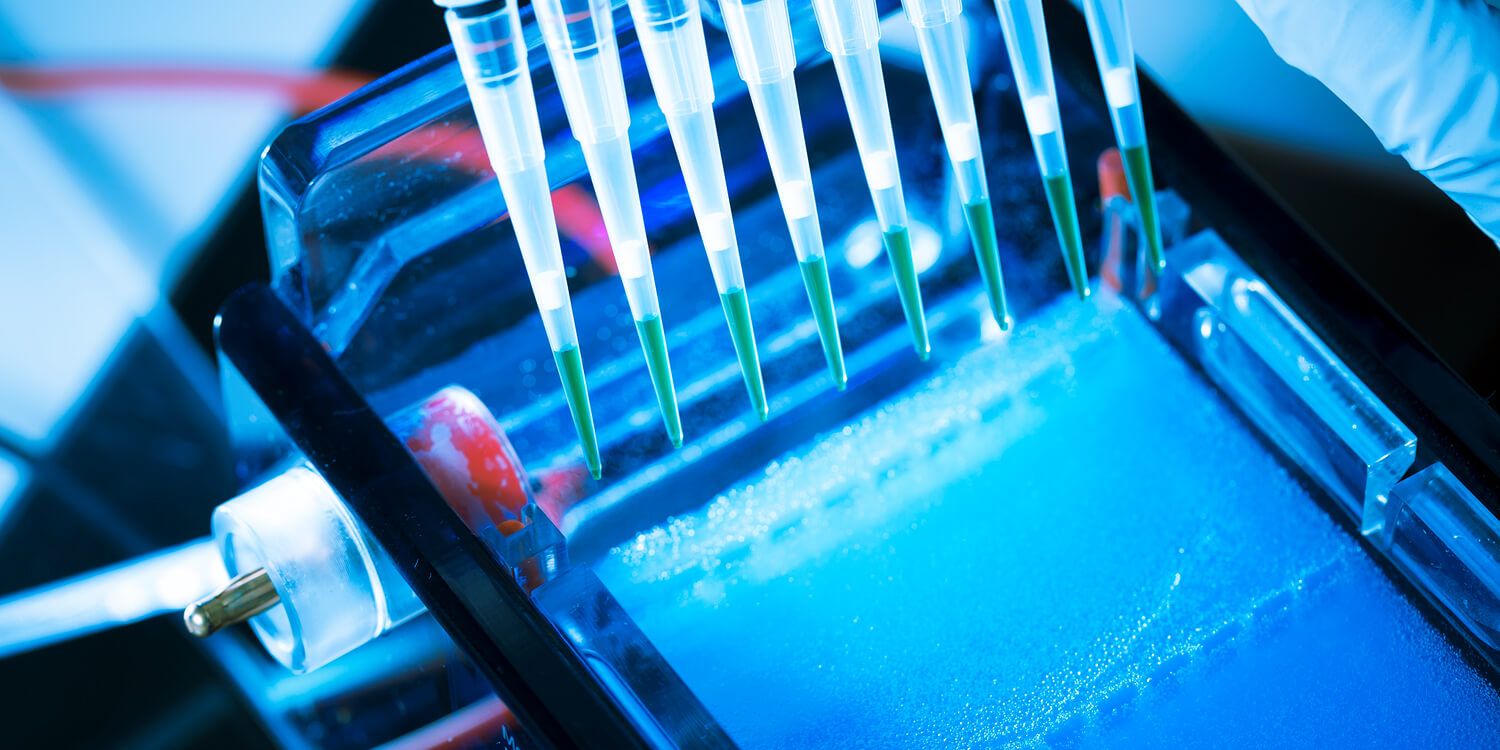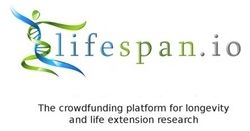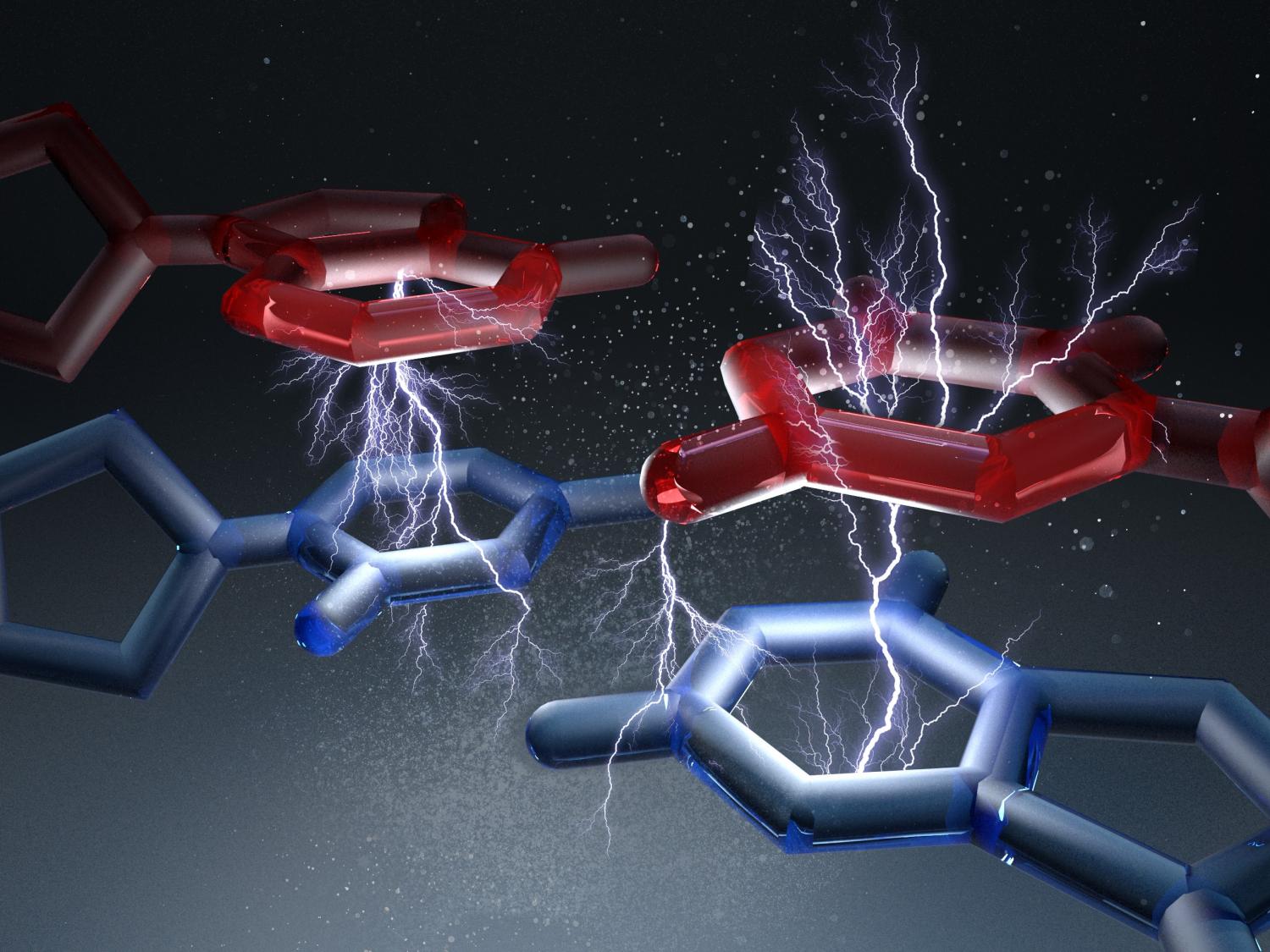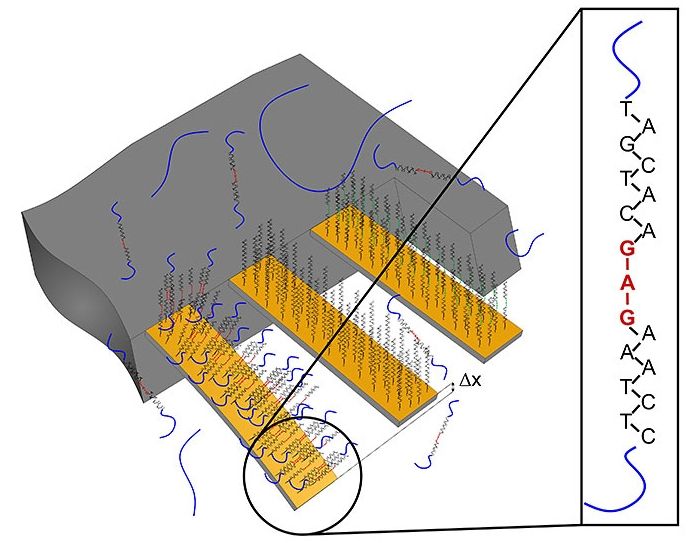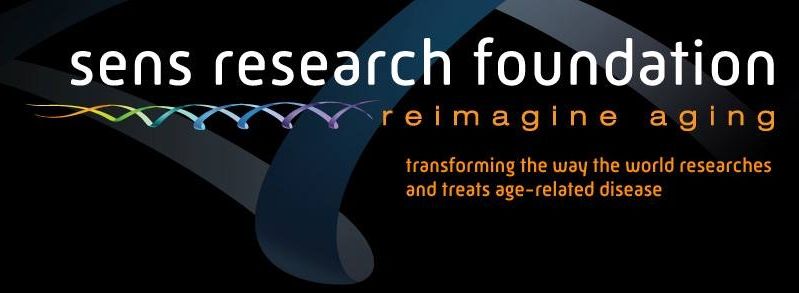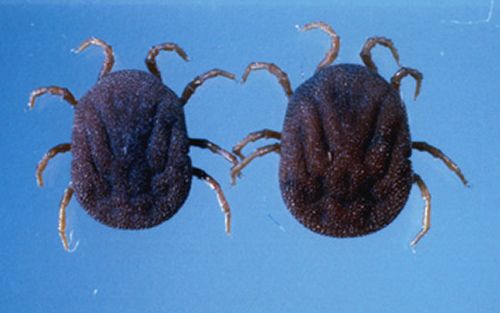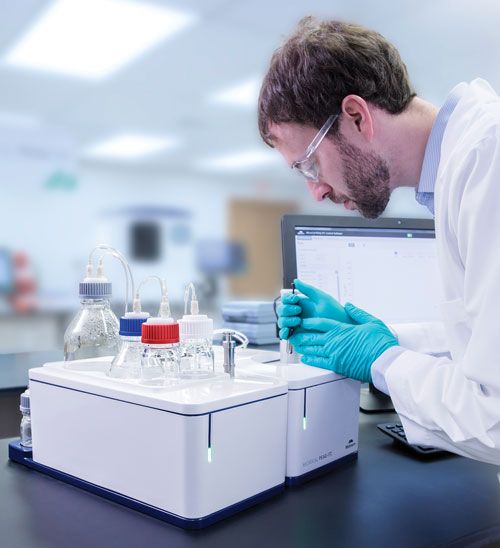Sep 10, 2016
IBM Patents Technology That Can Add Night Vision To Your Glasses
Posted by Shailesh Prasad in categories: biological, genetics
IBM wants to give people night vision capabilities, and they are doing it using Google Glass. This patent “tricks” the eyes with red light in order to increase visibility when in a low light environment.
Upon entering a dark room, human eyes obviously take time to adjust in order to see clearly. That’s because there are two types of photoreceptors in our eyes — the rods and the cones. Rods are responsible for letting humans see in the dark; however, it takes around 30 minutes for our rods to fully adjust to the darkness.
Night vision is a very complicated biological process, but it seems that we may be able to tweak and enhance it, and we can do so without using genetic manipulation or any other equally invasive and transformative method. In fact, all we may need is glasses.
Continue reading “IBM Patents Technology That Can Add Night Vision To Your Glasses” »

